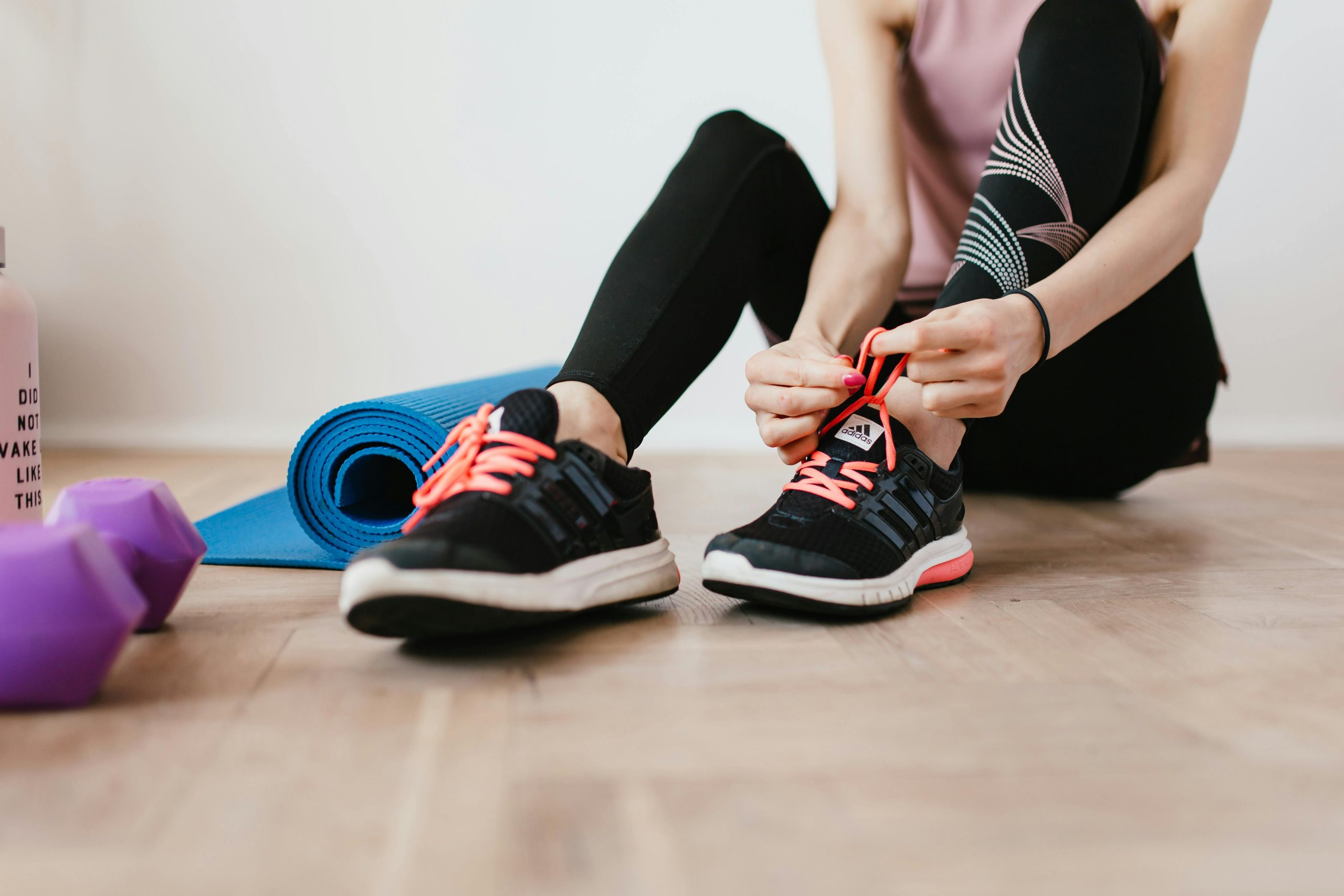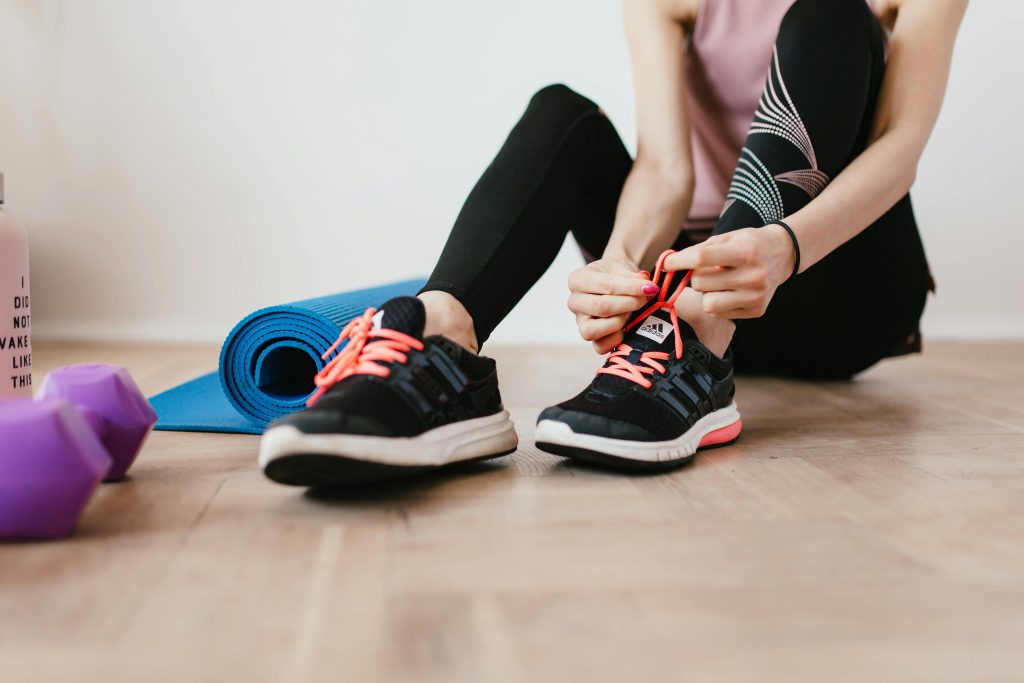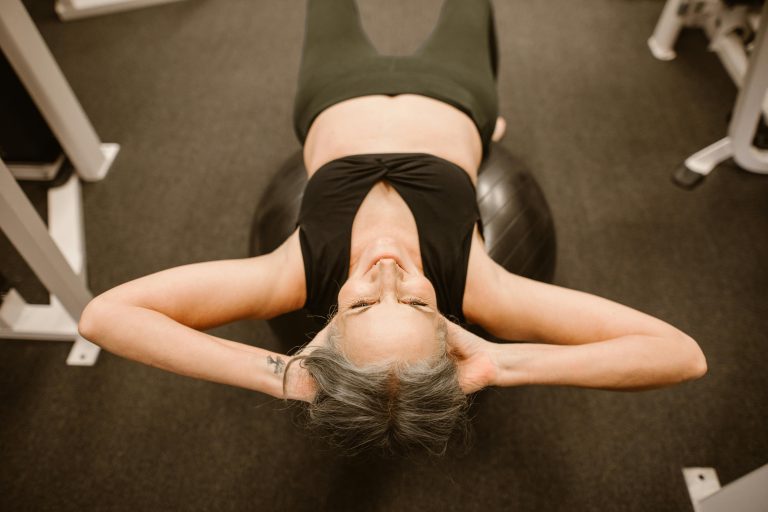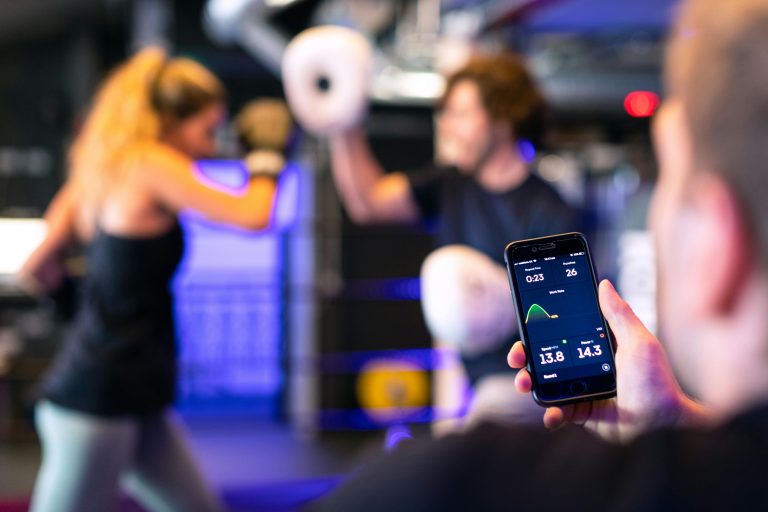
Introduction
Strength training for women over 50 is one of the most empowering ways to support your health, energy and independence as you age. Whether you’re completely new to exercise or returning after a long break incorporating strength training into your routine can help you build muscle, protect your bones and boost your confidence. In this guide we’ll break down everything you need to know to get started safely and effectively, no matter your current fitness level.
Did you know that adults lose 3-8% of their muscle mass each decade after age 30? The good news is that research shows it’s never too late to build strength and muscle!
Welcome to your comprehensive guide to strength training in your 50s. Whether you’re completely new to weights or returning after a long break I’ll show you exactly how to get started safely and effectively.
I’ll break down the terminology used. I’ll also explain the difference between various exercises and sports.
These are things that I wish I’d known before my first trip to the gym – in my 40’s. Let’s break down everything you need to know!

Benefits of Strength Training for Adults Over 50
Future Proofing
Strength training isn’t just for bodybuilders or young athletes—it’s one of the most effective and science-backed ways adults over 50 can stay healthy, strong and independent. As we age muscle mass naturally begins to decline—a condition known as sarcopenia. In fact research shows that adults can lose up to 8% of muscle mass per decade after the age of 30 and the rate accelerates after 60. Strength training helps counteract this loss by stimulating muscle growth and maintaining strength, allowing older adults to preserve mobility and reduce the risk of frailty.
Bone Health
One of the lesser-known benefits of strength training is its positive impact on bone health. Resistance exercises, like weight lifting or using resistance bands, place healthy stress on bones, which in turn stimulates bone-forming cells. This is crucial for preventing osteoporosis and reducing the risk of fractures. According to the National Osteoporosis Foundation regular strength training can significantly increase bone density and reduce the likelihood of hip, spine and wrist fractures in older adults.
Metabolic Health
Beyond muscle and bone, strength training plays a powerful role in improving metabolic health. It helps regulate blood sugar levels by increasing insulin sensitivity which is especially important for those at risk of or managing type 2 diabetes. Regular resistance training can also enhance cardiovascular health, support healthy cholesterol levels and contribute to a more efficient metabolism. These benefits are key to maintaining a healthy weight and energy levels as the body ages.
Neurological and Psychological Benefits
There are also important neurological and psychological benefits. Strength training has been shown to improve balance and coordination, which helps prevent falls—a leading cause of injury among adults over 65. It’s also linked to better cognitive function and mental health. Studies suggest that lifting weights may reduce symptoms of depression and anxiety, while also supporting memory and brain health. For individuals managing chronic conditions like arthritis, strength training can ease joint pain, improve range of motion, and enhance overall quality of life.
Long-Term Investment
For adults over 50 strength training isn’t just about fitness—it’s a long-term investment in independence, vitality and well-being. Incorporating it into a weekly routine, even with light weights or bodyweight exercises, can lead to remarkable improvements in physical and mental health.
Essential Health Considerations Before Starting
Medical Clearance
Before jumping into a new fitness program—especially if you’re over 50—it’s important to make sure your body is ready. One of the first and most essential steps is getting medical clearance from your healthcare provider. This is especially true if you’ve been inactive for a while or have existing health conditions. A simple check-up can identify any risks and provide valuable guidance tailored to your needs and fitness level.
Be prepared to discuss common health concerns with your doctor, such as high blood pressure, arthritis, heart disease, diabetes or osteoporosis. These conditions don’t necessarily prevent you from exercising but they do require specific adjustments. For example someone with joint pain from arthritis might need to focus on low-impact activities, while a person managing heart disease may need to monitor their heart rate closely during workouts.
Current Fitness Baseline
Understanding your current fitness baseline is also crucial. Before starting assess your strength, flexibility, balance and endurance. This can help you choose appropriate activities and avoid injury. Equally important is learning to listen to your body. Warning signs like dizziness, chest pain, shortness of breath or sharp joint pain should never be ignored. Pushing through discomfort is not the goal—progress comes with patience and care.
Medications
If you’re taking medications be aware that some can affect exercise tolerance. For instance beta blockers may lower your heart rate response and certain pain medications might mask injury signals. Make sure to ask your doctor how your medications could impact your workouts. Lastly if you have existing joint issues incorporate supportive strategies such as wearing proper footwear, using braces when needed and prioritizing strength training to stabilize muscles around the joints. With the right precautions you can safely enjoy the many benefits of exercise at any age.

Building Your Strength Training Foundation
Proper Warm-Up
Starting a strength training routine after 50 is one of the smartest moves you can make for your health—but laying the right foundation is key to success. It all begins with a proper warm-up. For mature bodies warming up isn’t optional—it’s essential. A few minutes of gentle cardio like walking or cycling, followed by dynamic stretches (think leg swings, arm circles or torso rotations) helps increase blood flow, reduce stiffness and prepare muscles and joints for safe movement.
Basic Movement Patterns
Before picking up weights it’s important to master basic movement patterns. These include squats, hip hinges (like deadlifts), pushes, pulls and core engagement. These movements form the building blocks of most exercises and help train your body to move more efficiently. Practicing them with just your body weight at first is a great way to build coordination and confidence.
Breathing Techniques
Proper breathing techniques also play a huge role in strength training. A good rule of thumb is to exhale during the effort phase (like lifting or pushing) and inhale during the return phase. This not only improves oxygen flow but also helps stabilize the core and maintain steady energy.
Proper Form and Posture
Maintaining proper form and posture—like keeping your spine neutral, shoulders relaxed, and knees aligned—reduces the risk of injury and ensures you’re working the right muscles.
Progress in Intensity
Lastly, it’s important to understand perceived exertion, which means tuning into how hard your body feels like it’s working. On a scale of 1 to 10, most beginners should aim for a 5 to 6 when starting out—challenging, but still able to speak in full sentences. As your strength improves, you can safely progress in intensity by increasing resistance, repetitions or sets gradually. Starting slow, focusing on quality over quantity and giving your body time to adapt will lead to stronger results and fewer setbacks in the long run.
Essential Equipment and Gym Alternatives
Basic Home Gym Setup
You don’t need an expensive gym membership to start building strength, especially if you’re over 50. In fact many people find that a basic home gym setup is more convenient and comfortable. A solid starting point includes a set of resistance bands, a pair of light to medium dumbbells, a stability ball and a yoga mat. These items are affordable, easy to store and versatile enough to support a wide range of exercises.
Bodyweight Exercises
Body weight exercises are a great way to build a strength foundation without any equipment at all. Movements like squats, wall push-ups, glute bridges and seated knee extensions can help improve muscle tone and joint stability. Once you’re comfortable with these, resistance bands offer a safe way to add challenge without stressing the joints. Bands come in various resistance levels and can be used for rows, chest presses, bicep curls and more—all from the comfort of home.
Free Weights v’s Weight Machines
When it comes to free weights versus machines both have benefits. For beginners weight machines at the gym offer extra support and help maintain proper form, making them ideal for those with balance issues or joint concerns. Free weights, like dumbbells or kettlebells, engage more stabilizing muscles and offer greater flexibility in movement. A good approach is to start with machines to learn correct technique and gradually incorporate free weights as confidence and strength grow.
Budget-friendly Equipment
For those looking for budget-friendly equipment items like ankle weights, resistance loops and adjustable dumbbells can go a long way. Even common household items like water bottles or canned goods can serve as light weights when you’re just getting started. Whether you prefer a gym setting or your living room the key is consistency and choosing equipment that matches your comfort level and fitness goals. With the right tools and approach, building strength after 50 can be safe, effective and even fun.

Creating Your Beginner Workout Plan
3 Day per Week
Starting a new fitness routine after 50 doesn’t have to be overwhelming. In fact with a simple and thoughtful plan, you can build strength, improve energy and feel better in your day-to-day life. A great place to begin is with a 3-day-per-week structure. For example you might do strength training on Monday, Wednesday, and Friday. This allows for recovery between sessions which is especially important for mature bodies that may take longer to heal and adapt.
Rest and Recovery
Rest and recovery are just as important as the workouts themselves. On non-training days, light activity like walking, stretching or yoga can help keep the body moving without overdoing it. Aim for at least one full rest day per week where you focus on relaxation and hydration. Proper sleep, nutrition and listening to your body all play a role in long-term progress.
Progressive Overload
When it comes to building strength safely the principle of progressive overload is key. This means gradually increasing the challenge—either by adding more repetitions, using heavier resistance or trying slightly more difficult movements. For seniors, it’s especially important to do this slowly and intentionally. Start with bodyweight or light resistance, and only add more when you feel confident in your form. Modified exercises, like chair squats or wall push-ups, are perfect options for anyone dealing with joint pain or mobility limitations.
Tracking Progress
Tracking your progress helps keep you motivated and informed. Use a simple notebook or app to record what exercises you did, how many reps and how you felt afterward. If you notice that a routine feels too easy for several sessions in a row that’s a sign you’re ready to increase intensity. On the other hand, if you’re feeling overly sore or fatigued, it might be time to scale back or add an extra recovery day. A beginner workout plan should grow with you—not push you past your limits. With consistency and patience you’ll be amazed at how far you can go.
Recovery and Injury Prevention Strategies
Recovery
Recovery is just as important as the workout itself, especially for adults over 50. After strength training or any form of exercise the body needs time to repair muscles and rebuild stronger. Proper post-workout recovery techniques can make a big difference in how you feel and how well you progress. Start by cooling down with five to ten minutes of light movement, followed by gentle stretching. This helps lower your heart rate gradually and keeps muscles from tightening up.
Sleep and Nutrition
Two major pillars of recovery are sleep and nutrition. Sleep is when the body does most of its repair work, including healing microtears in muscles and supporting joint health. Aim for 7–9 hours of quality sleep each night. Nutrition also plays a key role—try to refuel within an hour of working out with a mix of protein and healthy carbs to aid muscle recovery and restore energy levels.
Injury Prevention
Injury prevention is another crucial part of any fitness plan. Common issues like muscle strains, joint pain or tendonitis can often be avoided with proper form, warm-ups and progression. Stretching and mobility work should be part of your weekly routine, helping to maintain flexibility and support joint function. Simple tools like foam rollers or resistance bands can improve mobility and reduce tension in tight areas.
Active Recovery
Active recovery days are a smart way to keep moving without overloading the body. Activities like walking, gentle yoga or swimming promote blood flow and help muscles recover faster. It’s also important to recognize when your body is asking for more rest. If you’re feeling overly fatigued, sore for several days or noticing a drop in performance, it may be time to take an extra rest day. Listening to your body and building in smart recovery strategies will help you stay consistent, injury-free and strong for the long haul.

Conclusion
Starting strength training in your 50s is an empowering step toward better health and independence. Remember, progress happens gradually – focus on proper form and consistency rather than lifting heavy weights initially. With the foundation you’ve learned here you’re ready to begin your strength training journey safely and effectively. Start with bodyweight exercises, work with qualified professionals when possible and most importantly – believe in your ability to become stronger at any age!






